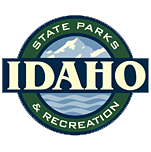Where to Hike
Two versions of the Idaho Trails App cover all devices:
Advanced is full-featured, usable on PCs, iOS devices, plus Android devices with extended capabilities.
Mobile is configured to function on Android devices of all capabilities.
Users should try the Advanced version first. If a blank screen is encountered when zooming the map in, tap the Go to Mobile App button to switch to the Mobile version.
Please provide feedback here if you encounter any issues with app function.
Fire and Air Quality Information
Idaho summers are often characterized by wildfires and poor air quality. There are several resources you can use to find places to recreate safely and determine whether it is safe to have a campfire.
- Check air quality information from the Idaho Department of Environmental Quality.
- Check for local burn bans from the Idaho Department of Environmental Quality.
- Check for fire restrictions from the Idaho Department of Lands.
- Check for active wildfires from the Idaho Department of Fish and Game.
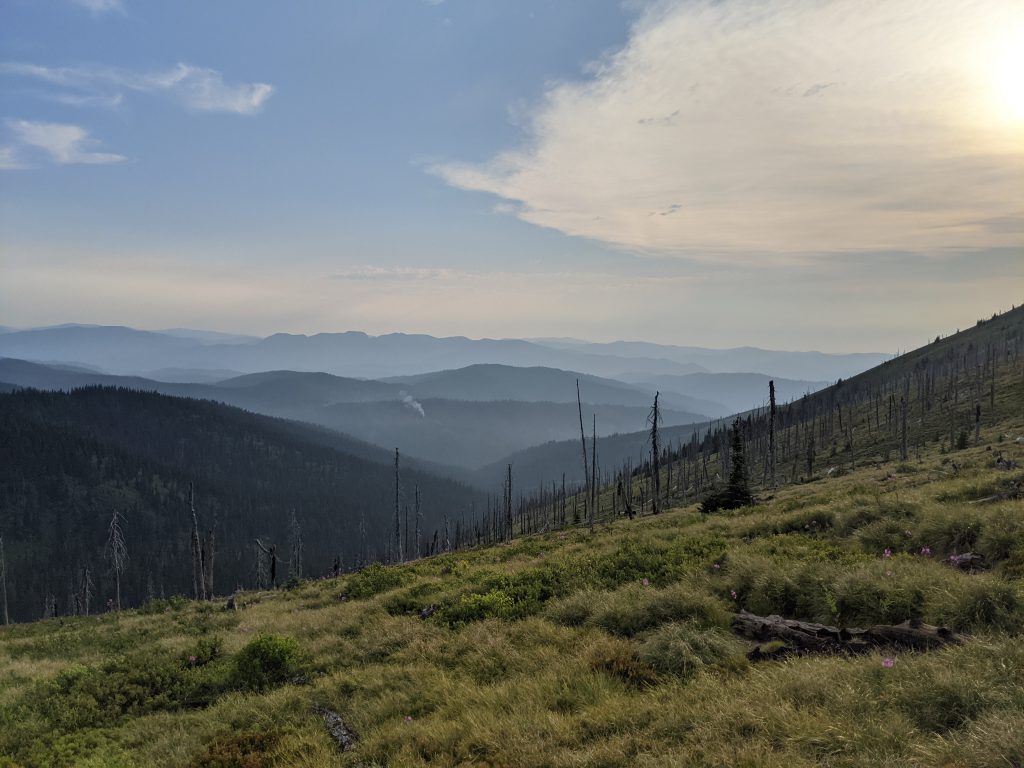
Trail Etiquette
- Stay off muddy trails. Using trails while they are muddy damages the tread and can result in unsafe conditions for future users.
- Stay on designated trails. Taking shortcuts or using unofficial trails leads to excess resource damage.
- Ride on the proper trails designated for your use type. Do your research ahead of time (check out the Idaho Trails Map!) so you know where to go.
- Share the trails. Be prepared to encounter others on the trail – whether it be walkers, mountain bikers, runners, stock users, or off-highway vehicle users.
- Mountain bikers should yield to foot-traffic and stock users. Foot-traffic should yield to stock users.
- Motorized users should yield to non-motorized users.
- When approaching stock users, remove your helmet, get to the downhill side of the trail if possible, and speak calmly to let the stock know you’re human.
- Be kind, courteous, and respectful. Remember, we are all out on the trails to have a good time. BE a good trail ambassador and go out of your way to be courteous to others.
- Do your best to Leave No Trace.
Idaho Road Conditions
For the latest road conditions, visit the Idaho 511 map managed by the Idaho Department of Transportation.
Hiking on Rangeland
Idaho’s public lands allow for many uses, including ranching. To learn how to recreate responsibly around livestock on public land, please read these ten tips and visit the Idaho Rangeland Resources Commission website.
Idaho Trails Supporter Sticker
Want to support Non-Motorized Trails in Idaho? Purchase an Idaho Trails Supporter Sticker. Trails provide access to Idaho. IDPR already has one of the most effective motorized trail maintenance programs in the country, supported by user fees. But the needed resources to maintain trails for hiking, biking, and stock users are lacking. Without adequate maintenance and improvements, access to some non-motorized trails will be lost.
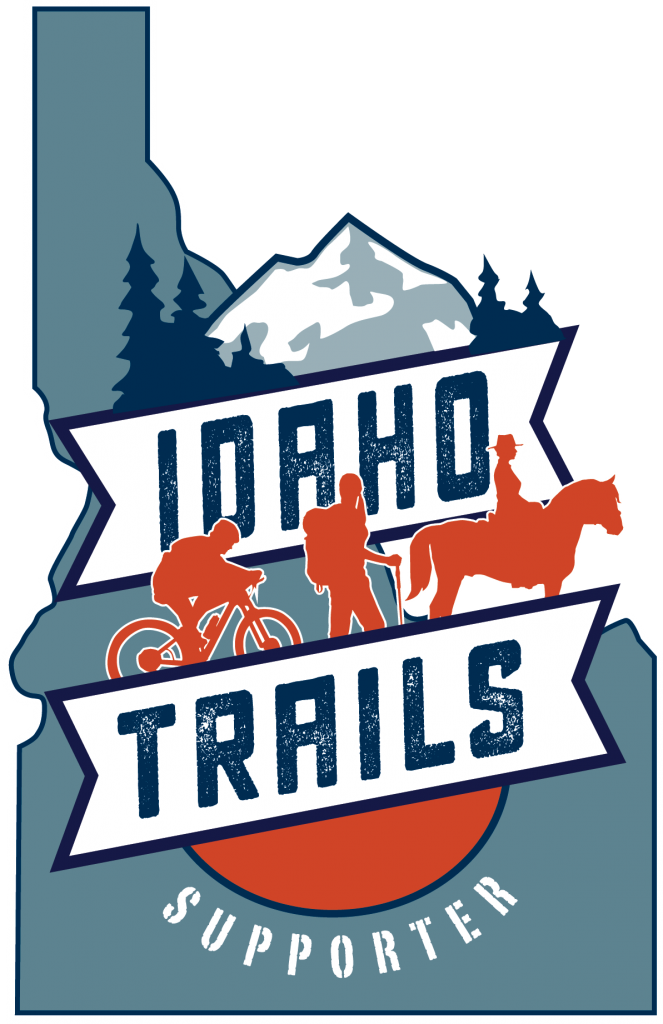
Idaho Centennial Trail
The 995.6-mile Idaho Centennial Trail weaves through some of the most scenic portions of Idaho’s wild country, from high desert canyonlands in southern Idaho to wet mountain forests in northern Idaho. The entirety of the Idaho Centennial Trail can be utilized by thru-hikers, backpackers, day hikers, and stock users. Some sections can be accessed by off-highway vehicles and mountain bikes.
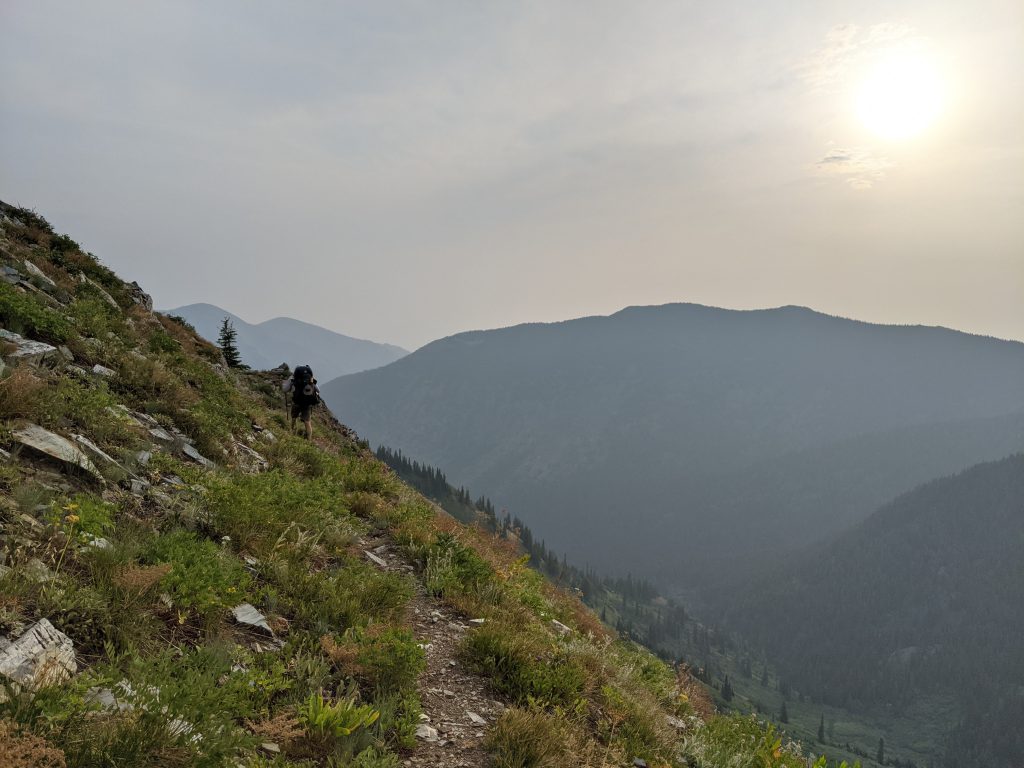
Hiking in Federal Land
More than 60% of Idaho is public and managed by the US Forest Service and Federal Bureau of Management. There are trails for everyone whether you’re looking for a short hike for the whole family or a once-in-a-lifetime hiking experience.
Click below to find information about hiking on federal land:
- Boise National Forest
- Payette National Forest
- Sawtooth National Forest
- Caribou-Targhee National Forest
- Salmon-Challis National Forest
- Nez Perce – Clearwater National Forests
- Idaho Panhandle National Forests
- Sawtooth National Recreation Area
- Continental Divide National Scenic Trail
- Pacific Northwest National Scenic Trail
- Hells Canyon National Recreation Area
- Hagerman Fossil Beds National Monument
- Craters of the Moon National Monument and Preserve
- Ice Age Floods National Geologic Trail
- California National Historic Trail
- Lewis and Clark National Historic Trail
- Nez Perce (Nee-Me-Poo) National Historic Trail
- Oregon National Historic Trail
- Idaho National Recreation Trails
- Idaho Bureau of Land Management
Hiking in Wilderness Areas
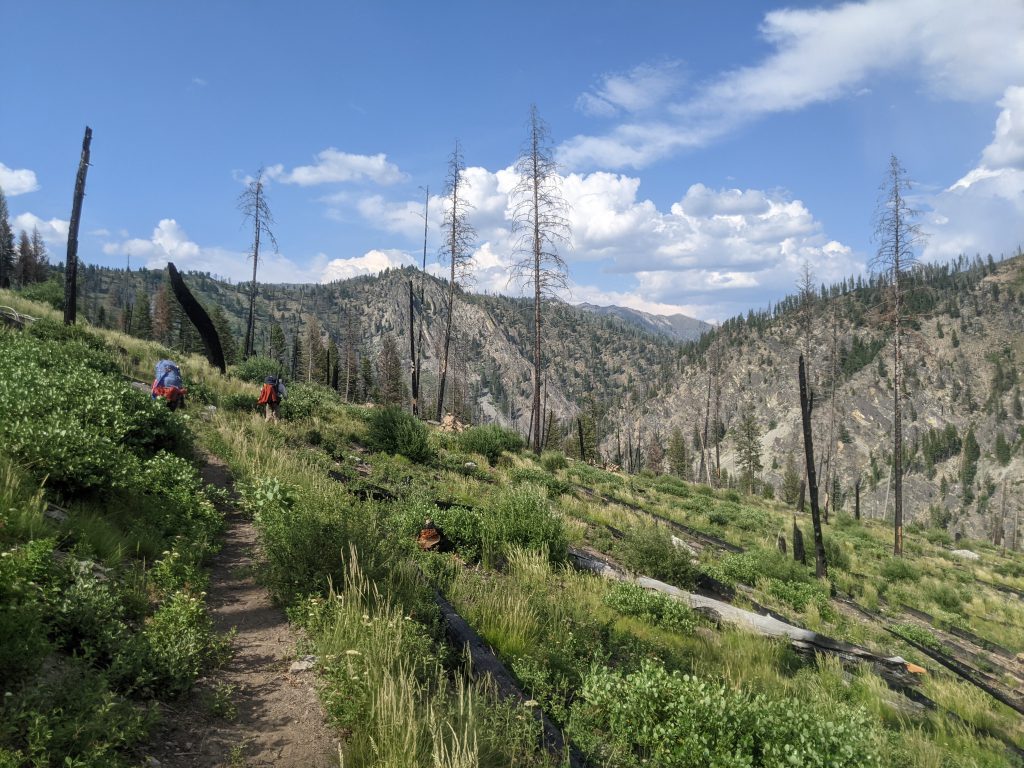
Hiking in Idaho State Parks
Idaho state parks in every region of the state have excellent opportunities for hiking and learning about the natural and historical significance of the environment. Visit these Idaho state parks for exceptional hiking opportunities:
- Ashton to Tetonia Trail
- Bruneau Dunes State Park
- Castle Rocks State Park
- City of Rocks National Reserve
- Coeur d’Alene Parkway
- Coeur d’Alene’s Old Mission State Park
- Dworshak State Park
- Eagle Island State Park
- Farragut State Park
- Harriman State Park
- Hells Gate State Park
- Henrys Lake State Park
- Heyburn State Park
- Lake Cascade State Park
- Lake Walcott State Park
- Land of the Yankee Fork State Park
- Lucky Peak State Park
- Massacre Rocks State Park
- McCroskey State Park
- Ponderosa State Park
- Priest Lake State Park
- Round Lake State Park
- Thousand Springs State Park
- Three Island Crossing State Park
- Trail of the Coeur d’Alenes
- Winchester Lake State Park

